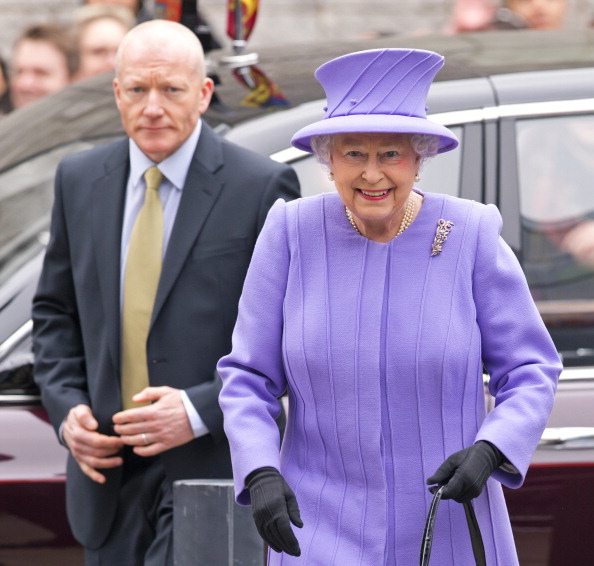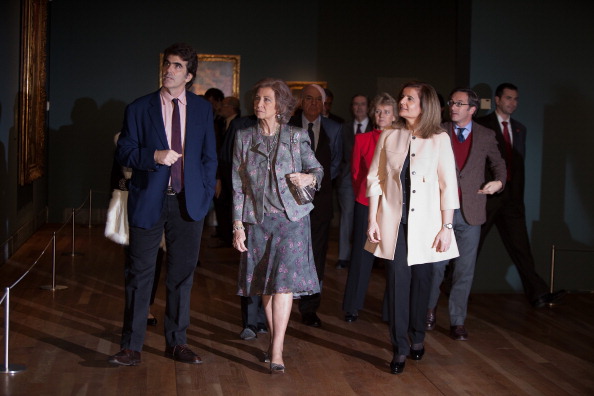Difference Between Absolute Monarchy and Constitutional

Monarchy is a form of government in which all the powers are enjoyed by a single individual. There are two basic types of monarchy, absolute and constitutional. In absolute monarchy, supreme and absolute powers rest with the monarch, who remains unchallengeable. Whereas, in constitutional monarchy, the head of the state is either hereditary or elected, and has to follow the constitution of the country. Laws in a constitutional monarchy are likely to be different to those of absolute monarchy.
Instructions
-
1
Absolute monarchy
Absolute monarchy is also known as undemocratic monarchy , in which the king or the queen rules without any interference. The monarch is given all the powers to make economic as well as other decisions. In ancient times, most of the governments were based on absolute monarchies and the kings and queens often abused their powers.
A number of monarchs started believing that they were chosen ones from God and powers have been bestowed upon them by nature. This attitude, however, led to the downfall of their countries, which is the reason why many nations gradually opted for constitutional monarchies or other forms of government.
There are some positives as well about absolute monarchies. If the monarch is sincere with his people, he can do wonders because no one is allowed to interfere in his decision making process. Therefore, he does not have to face the hurdles which are usually witnessed in modern parliaments. Brunei, Saudi Arabia, Swaziland, Qatar and Oman are examples of absolute monarchy in the current world.
-
2
Constitutional monarchy
Constitutional monarchy is often referred to as liberal monarchy as the king or the queen enjoys limited powers. The monarch has to include the parliament or a governing body in the decision making process. The parliament, either chosen by the monarch or elected by the masses, is also responsible for the betterment of the people.
The parliament and the monarch are bound to abide by the constitution of the country. In most cases, a prime minister of the state holds maximum powers in constitutional monarchy. This kind of government emerged as a result of the failure of a number of absolute monarchies in the previous centuries, especially in Europe.
Some examples of constitutional monarchy in the modern world are United Kingdom, Canada, Australia, Sweden, Malaysia, Luxembourg and Jordan.






